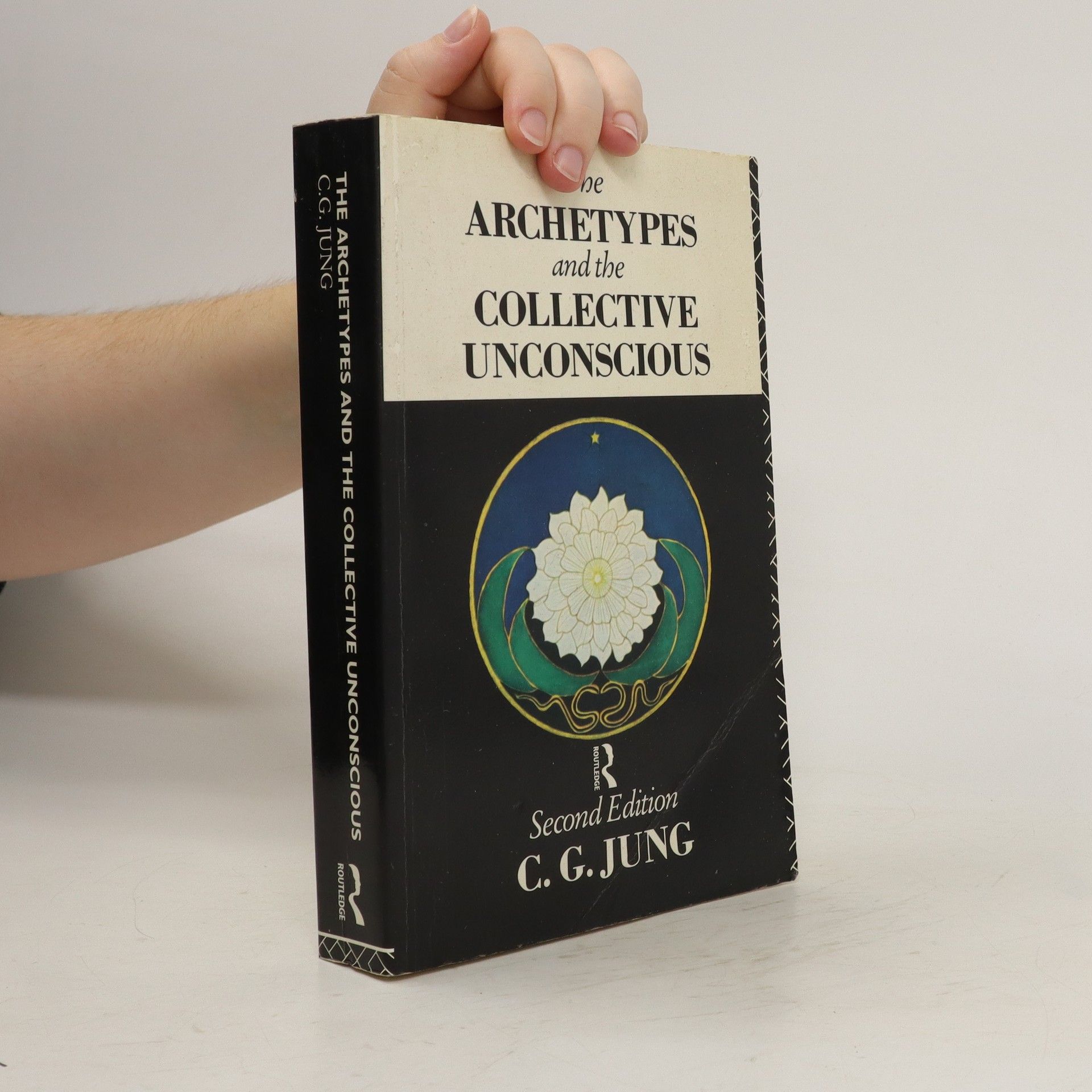Jung Yun Libros
Jung Yun profundiza en las complejidades de la identidad y la búsqueda del hogar en diversos paisajes culturales. Su escritura indaga en la psique humana, explorando temas de alienación y pertenencia. Yun crea personajes vívidos y convincentes que lidian con profundos conflictos internos. Su destreza estilística reside en la creación de atmósferas de suspense y narrativas psicológicamente ricas.






Consciousness and the Unconscious
- 160 páginas
- 6 horas de lectura
Jung’s lectures on consciousness and the unconscious—in English for the first time Between 1933 and 1941, C. G. Jung delivered a series of public lectures at the Swiss Federal Institute of Technology (ETH) in Zurich. Intended for a general audience, these lectures addressed a broad range of topics, from dream analysis and yoga to the history of psychology. They are at the center of Jung’s intellectual activity in this period and provide the basis of his later work. Here for the first time in English is Jung’s introduction to his core psychological theories and methods, delivered in the summer of 1934. With candor and wit, Jung shares with his audience the path he himself took to understanding the nature of consciousness and the unconscious. He describes their respective characteristics using examples from his clinical experience as well as from literature, his travels, and everyday life. For Jung, consciousness is like a small island in the ocean of the unconscious, while the unconscious is part of the primordial condition of humankind. Jung explains various methods for uncovering the contents of the unconscious, in particular talk therapy and dream analysis. Complete with explanations of Jungian concepts and terminology, Consciousness and the Unconscious painstakingly reconstructs and translates these talks from detailed shorthand notes by attendees, making a critical part of Jung’s work available to today’s readers.
Jung explains his system of personality types and how they can assist in diagnosing and treating psychological disorders and conditions.
Dream Symbols of the Individuation Process
- 376 páginas
- 14 horas de lectura
"In 1936 and 1937, C. G. Jung delivered two legendary seminars on dream interpretation, the first on Bailey Island, Maine, the second in New York City. Dream Symbols of the Individuation Process makes these lectures widely available for the first time, offering a compelling look at Jung as he presents his ideas candidly and in English before a rapt American audience."--
The Archetypes and the Collective Unconscious
- 480 páginas
- 17 horas de lectura
The concept of 'Archteypes' and the hypothesis of 'A Collective Unconscious' are two of Jung's better known and most exciting ideas. In this volume - taken from the Collected Works and appearing in paperback for the first time - Jung describes and elaborates the two concepts. Three essays establish the theoretical basis which are then followed by essays on specific archetypes. The relation of these to the process of individuation is examined in the last section. The Archetypes and the Collective Unconscious is one of Jung's central works. There are many illustrations in full colour.
Jung's illuminating lectures on the psychology of Eastern spirituality Between 1933 and 1941, C. G. Jung delivered a series of public lectures at the Swiss Federal Institute of Technology (ETH) in Zurich. Intended for a general audience, these lectures addressed a broad range of topics, from dream analysis to the psychology of alchemy. Here for the first time are Jung's illuminating lectures on the psychology of yoga and meditation, delivered between 1938 and 1940. In these lectures, Jung discusses the psychological technique of active imagination, seeking to find parallels with the meditative practices of different yogic and Buddhist traditions. He draws on three texts to introduce his audience to Eastern meditation: Patañjali's Yoga Sûtra, the Amitâyur-dhyâna-sûtra from Chinese Pure Land Buddhism, and the Shrî-chakra-sambhâra Tantra, a scripture related to tantric yoga. The lectures offer a unique opportunity to encounter Jung as he shares his ideas with the general public, providing a rare window on the application of his comparative method while also shedding light on his personal history and psychological development. Featuring an incisive introduction by Martin Liebscher as well as explanations of Jungian concepts and psychological terminology, Psychology of Yoga and Meditation provides invaluable insights into the evolution of Jung's thought and a vital key to understanding his later work.
Gripping . . . Yun shows how, although shelter doesn't guarantee safety and blood doesn't guarantee love, there's something inextricable about the relationship between a child and a parent . . . We may each respond in our own way, but I'll go ahead and assume that a good amount of folks, regardless of the pain they may have experienced from bad mothers and fathers, and regardless of cultural traditions, will feel the pull to help save their parents. Shelter is captivating in chronicling this story. New York Times
Jung Yun's O Beautiful is a "mesmerizing and timely" (New York Times) novel about a woman trying to come to terms with the ghosts of her past and the tortured realities of a deeply divided America. Elinor Hanson is struggling to reinvent herself as a freelance writer when she receives an unexpected assignment, a chance to write for a prestigious magazine about the Bakken oil boom in North Dakota. Elinor grew up near the Bakken, raised by an overbearing father and a distant Korean mother who met and married when he was stationed overseas. After decades away from home, Elinor returns to a landscape she hardly recognizes, overrun by tens of thousands of newcomers. Surrounded by roughnecks seeking their fortunes in oil and long-time residents worried about their changing community, Elinor experiences a profound sense of alienation and grief. The longer she pursues this potentially career-altering assignment, the more her past intertwines with the story she’s trying to tell, revealing disturbing new realities that will forever change her and the way she looks at the world. With graceful prose, Jung Yun's O Beautiful presents an immersive portrait of a community rife with tensions and competing interests, and one woman’s attempts to reconcile her anger with her love of a beautiful, but troubled land.
Carl Jung examines some of the most contested and crucial areas in the field of analytical psychology: dream analysis, the primitive unconscious, and the relationship between psychology and religion.
A revised translation of one of the most important of Jung's longer works. The volume also contains an appendix of four shorter papers on psychological typology, published between 1913 and 1935.
